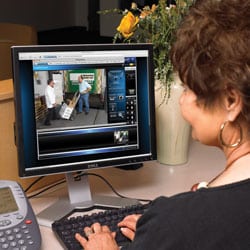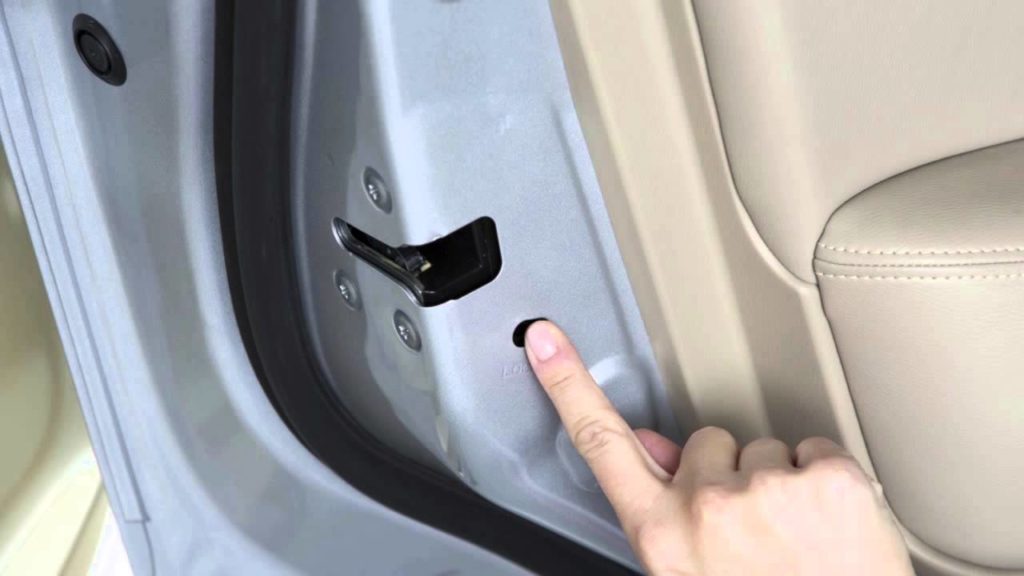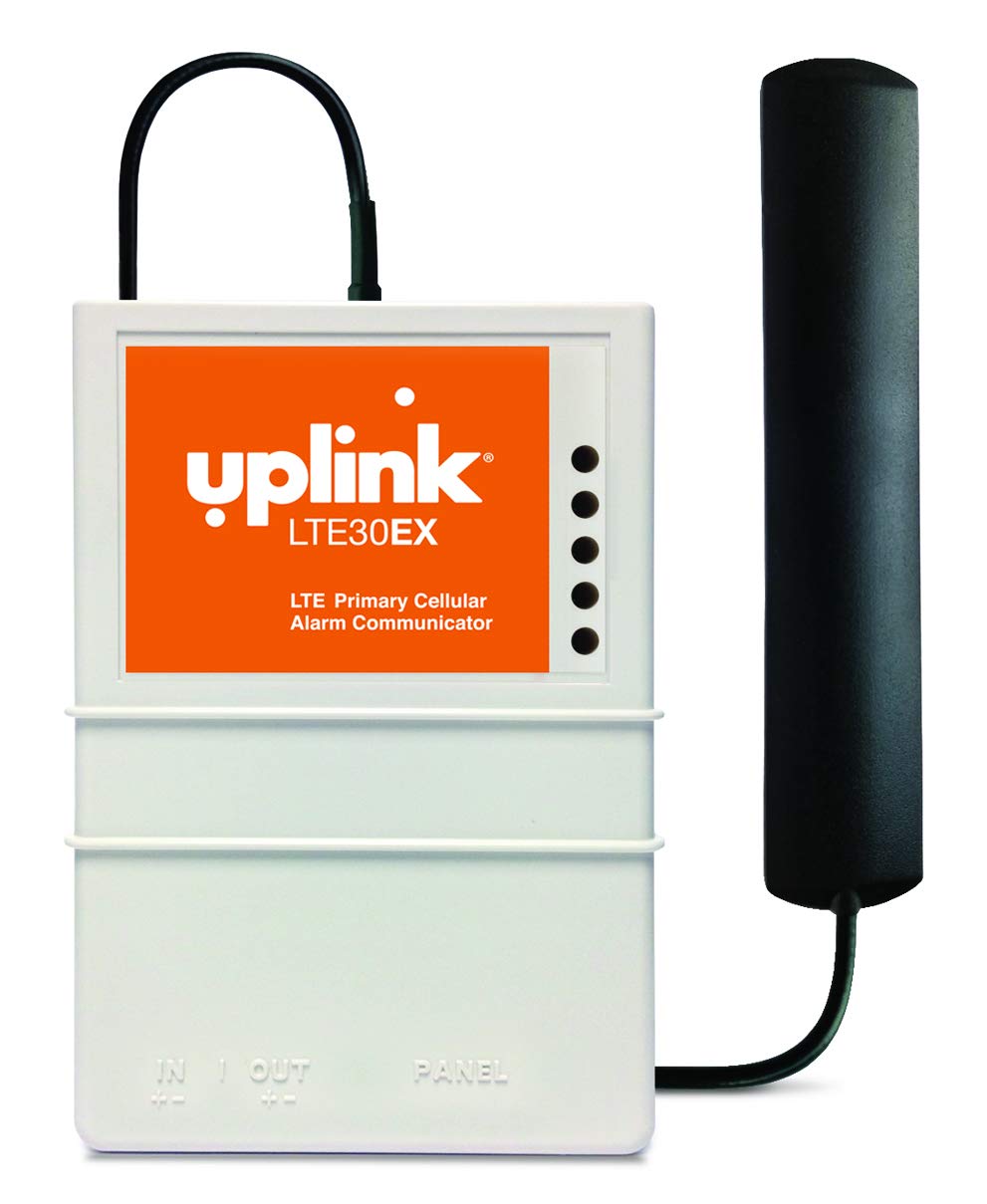
The downsides of DIY security camera system are that they can be difficult to use. These cameras can't be mounted on every camera in your house and may not offer adequate protection. DIY users could also experience motion alerts with no video error messages. In these situations, it's best to consult the instruction manual, look at video guides, call customer support, or ask for help. An expert installation service will place your devices and check for functionality. If necessary, they'll return to troubleshoot. It is important to determine which protection requirements are most important before you decide on DIY or professional installation. Then plan your installation accordingly.
Ring
Ring home security camera systems are a great option for monitoring your home. It requires no wiring and is extremely easy to install. The Ring Alarm Security Kit can be installed and you can access the app or keypad to view the status of the cameras. Ring Protect Pro can also be purchased for $20 per year and includes professional monitoring. The security team will contact you once a sensor is activated. If you don't answer the phone, or provide a safe word, they will dispatch the police.

Arlo
The Arlo home security system is for homeowners who are looking to install it themselves without the help of a professional. It also includes a multisensor which can detect motion, smoke and leaks as well as an alarm keypad. Many companies offer similar services. However, the Arlo System stands out because of its extra features. It is designed to compete directly against Wyze and Amazon Ring who are yet to enter the integrated home surveillance camera market.
QNAP NAS
A QNAP NAS home security system can be installed in your home for a number of reasons. You can easily manage all your security cameras with one simple system. It can store up to terabytes surveillance footage and allow you to playback the recordings. Another benefit is its remote access functionality. Remote access is possible via a web interface, desktop application, or mobile app. You can even set up your own custom notifications.
Amazon's Blink
The Blink home security cam system is a great choice for homeowners who don’t wish to pay the high cost of standard security cameras. Blink Mini offers a low-cost way to test the system. It records in 1080p HD. There are motion alerts as well as two-way sound and audio. It can also work with Alexa. It must be near an electric outlet.
Wyze Labs
Wyze could be a great choice for you if your goal is to have a low-cost security camera system in your home that protects your property. Wyze offers professional monitoring as well as DIY kits. They also have a wide range of accessories, from video doorbells to exterior keypads, and all use cellular connection to keep you updated. The downside is that they don't have a live monitoring center, but they can be more affordable than other competitors.

Simplisafe
SimpliSafe is an affordable home security system that anyone can use to secure their home. This system has indoor and exterior video cameras, smoke sensors, and an intelligent smart lock. Simplisafe lets you monitor the system anywhere with the Simplisafe App. You can also use the Simplisafe with Google Assistant or Alexa to make sure no one comes home unnoticed.
FAQ
What is the cost of a home security system?
A home security system that works well will cost you about $2,500. While this may seem high-priced, it's actually quite affordable when compared to the peace and security you'll enjoy by owning a safe and secure house.
What is the top home security system in your area?
Ring Video Doorbell Pro remains the most popular home security system. You can speak with anyone, anywhere and at any time using your smartphone. You can also record video and share it via text message and email with your friends and family.
What is the distinction between surveillance cameras and security cameras?
Surveillance cameras serve monitoring purposes, security cameras are used as protection.
Both cameras have their pros and cons. There is one major difference between the two types of cameras: the type of images that they capture. Surveillance camera record video in slow-motion so you can follow what's happening live. However, security cameras record only video and still photos, which can then be reviewed later.
Statistics
- Depending on your insurance, 24/7 professional monitoring may qualify you for as much as 15% off your premium. (safewise.com)
- Most home security companies will charge you around 75% of the remaining term of your contract if you cancel early—and some require 100%.Related questionsWhat type of contract length can I expect from security providers?Home security system cancellation (safewise.com)
- (In my experience, the discount on my home insurance covered about 25 percent of the subscription of an average plan, but your mileage may vary depending on your location and the size of your home.) (theverge.com)
- Cove sets you free without punishing penalties and fees, unlike other security solutions that charge 75% to 100% of your remaining contract. (safewise.com)
External Links
How To
How to Install a Home Security System
A home security system is a device that monitors your property and alerts you if there's any activity. It could be a motion sensor, doorbell camera, smoke detector, fire alarm, flood alert, carbon monoxide detector, burglar alarm, etc. A home security package usually includes one or more sensors (e.g. a motion detector), which send signals whenever they detect sound or movement. These signals are sent to a control panel, where they can be monitored and recorded. If there's something wrong, like someone breaking into your house, the control panel sends out an alert to your phone, tablet, computer, or voice assistant. You will be notified immediately and you can take immediate action.
You must first choose the right kind of sensors for you home in order to install a home alarm system. There are two main types, passive and active. Passive sensors aren't powered by batteries. They just detect sounds and vibrations in their environment. They include doorbells, sirens and buzzers. Active sensors transmit data via electricity. Examples of such sensors include cameras and motion sensor.
There are many brands of sensors today. Each brand has its advantages and disadvantages. For example, some sensors are weatherproof, while others aren't. Some come with built-in speakers so you can hear them even if they're outside. Others are only for use inside. Some are basic while others offer advanced features, such as night vision.
After selecting the right sensors for your property and deciding on a manufacturer, you will want to make a selection. This will help ensure that your sensors work well together. There should be many options at your local hardware store.
Once you have decided on a brand to use, it is time to decide on how many you want. Depending on whether you live alone or with your family, most people will start with just one or two sensors. If you are planning to add sensors later on, you may consider purchasing additional sensors.
Next, you'll need to figure out where you want to place your sensors. Are you looking for them to be near doors or windows? Or do you prefer having them hidden away? Before placing them around your property, you should get permission. They should not be in conflict with any electrical outlets.
Once you have determined where your sensors should be placed, you will need to find a way to connect them with your control panel. You might need a power adapter for your setup. Once everything is in place, you can start to monitor your property.